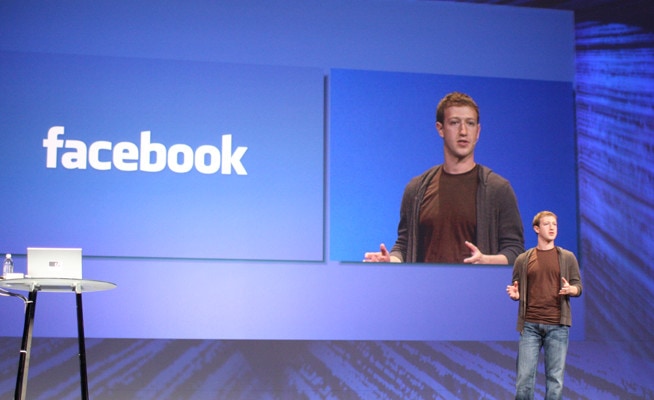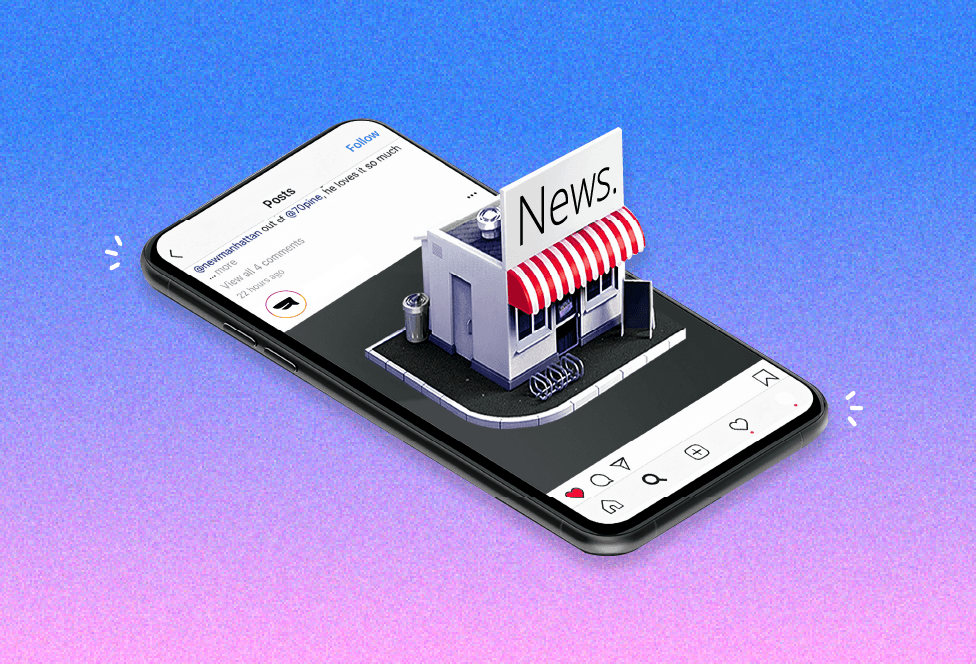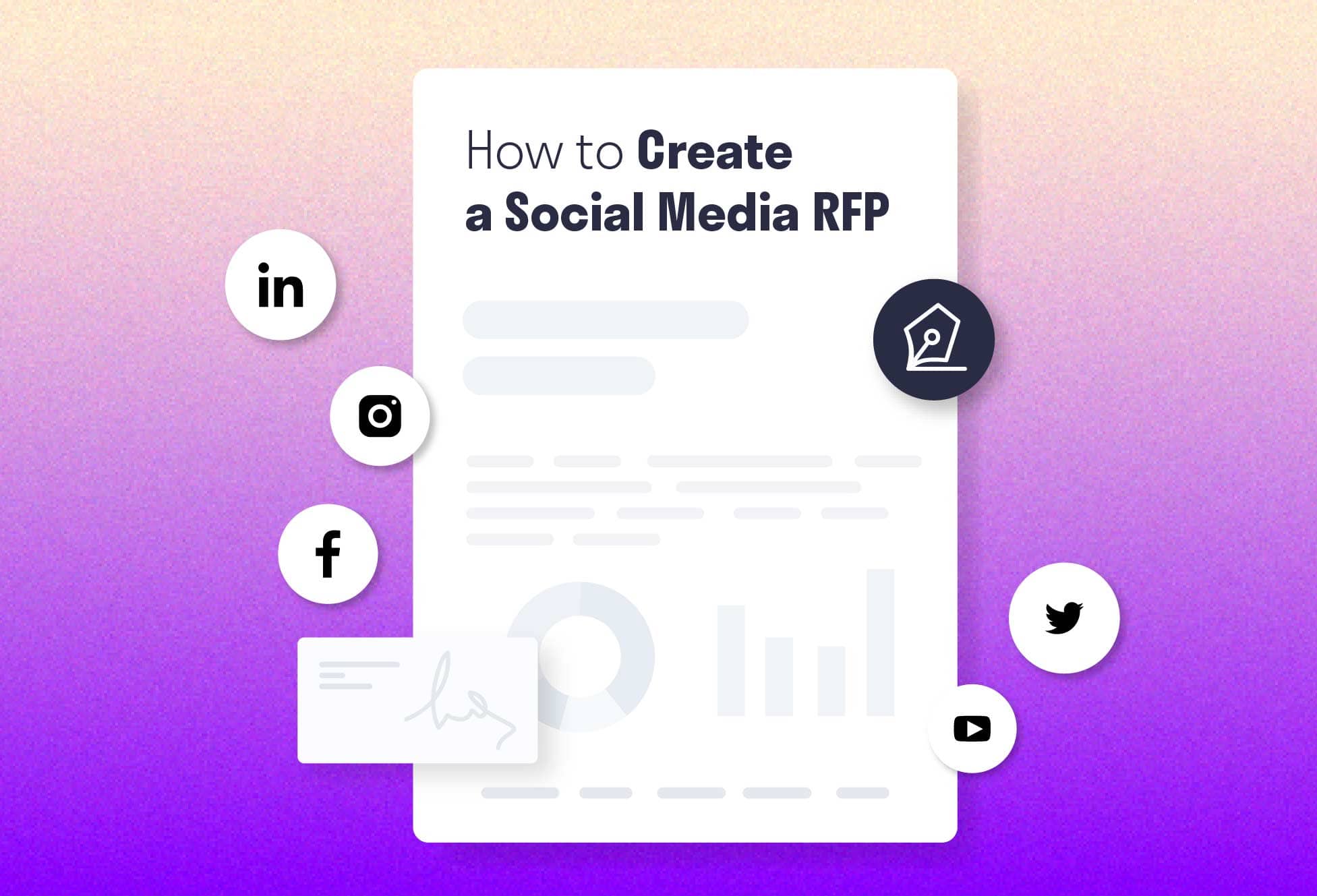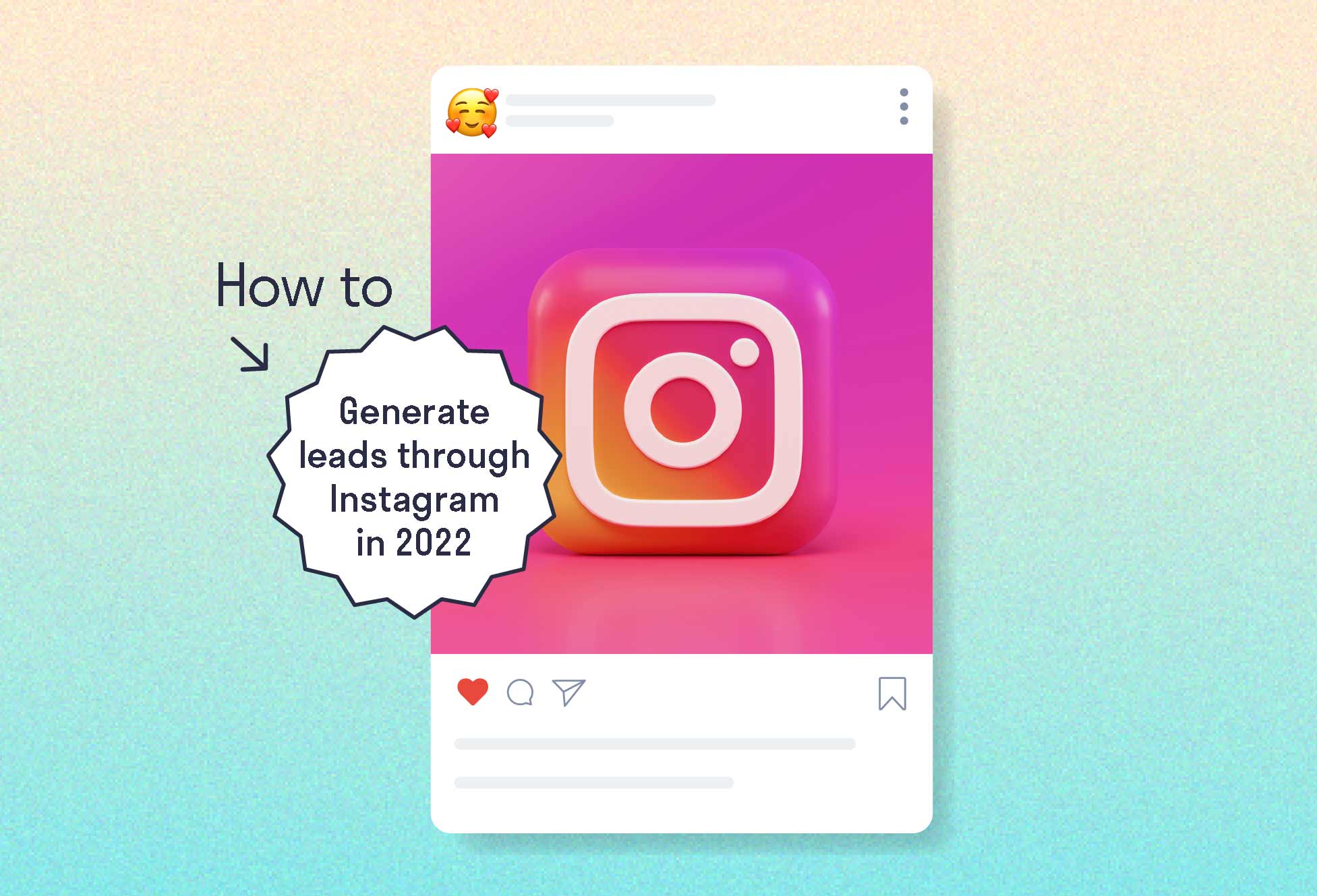Of the five most widely used social platforms in the world, three are chat apps. QQ, Facebook Messenger, and WhatsApp all count over 500 million monthly active users. (Facebook, with nearly one and a half billion users and Qzone, with 629 million, round out the top five). Other apps, including WeChat, Kik, Line, Viber, and Kakaotalk all have over a hundred million users.
A lot of this growth is driven by young people—millennials and their even younger counterparts. Even if the narrative that has the under-25 crowd moving away from Facebook en masse is overblown, there’s still a lot of truth in the idea that they like having conversations in online spaces that are (or feel) more private. These apps in large part incorporate the functions of SMS, but add new features and or social elements on top.
And they’re growing significantly:
In 2014, Line grew 57%, Snapchat, 45%, and WhatsApp and WeChat both grew 37%, from already high user numbers.
Considering these growth figures, it’s not surprising that there’s been a lot of talk about how these apps can work as a marketing channel, (usually preceded by talk about how these apps will make money). But up to now, many haven’t been extensively used for marketing purposes.
Both the apps themselves and the brands who could be present on them are figuring out how to make branded communications work in an environment that’s even more personal than Facebook.
In a way, it’s a similar challenge to the one brands faced when they first moved on to social media — how can they really shift focus from the brand to the consumer—only magnified because of the more personal nature of messaging apps.
With their user numbers and the need to generate revenue, marketing is going to come to these apps in a big way eventually—here’s a look at what’s happening now, what direction things are going, and what Mark Zuckerberg has to say about it.
Ahead in Asia
There is an exception, where the use of chat apps for marketing has taken off. The Asian market, with its 1.4 billion internet users, has seen huge user growth for messenger apps. And marketers have begun using them as a key channel for reaching customers, in a number of different ways. Even for brands that aren’t planning to launch full-scale campaigns on messaging apps in the near-term, understanding how they work is important.
WeChat, also known as Weixin, the Chinese messaging app with almost half a billion users, allows brands to create accounts on the platform. They can not only use them for customer support and advertising, but can also create in-app stores.
This video shows Burberry’s WeChat campaign for one of its collections and the messages it sent to its followers, which they could reply to to receive personalized branded content.
Burberry also teamed up with Line for its Autumn Winter Collection this year, creating a pack of Burberry branded stickers and an animated video, involving delightful cartoon versions of Anna Wintour and Cara Delevigne.
Speaking of Line, the Japanese chat app had 211 million monthly active users as of Q1 2015.
Branded accounts are a major element of the app (and its business model). Basically opt-in, brands with accounts can send messages to anyone that follows them. Targeted advertising was only launched last year. Those branded or celebrity sticker sets have also become hugely popular on the app. Some of them, like Paul McCartney’s, even talk.
The way these apps are being used could be an indication of how marketing will work on chat apps in markets outside Asia once it becomes more developed.
One broad trend here is that users often have to opt in to receive content, and further interactions—like visiting a WeChat store—are always based on consumer actions.
The exception is Weibo, a microblog and messenger app. They went from having relatively little branded content to allowing advertisers to send messages to users who hadn’t connected with them, resulting in a loss in market share.
How do things look in Europe and the US?
Currently, if the Asian market is fairly advanced in terms of what brands are doing with chat apps, things are a little less far along in Europe and America.
The most popular chat apps in the US include messenger, WhatsApp, Kik, and Yikyak, among others. There have been some interesting campaigns run on messaging apps by big brands, but they are, for now, fairly rare.
Clarks, the venerable English bootmaker, did run a WhatsApp-centric campaign, referred to as an “interactive documentary” around the classic desert boot’s 65th anniversary. It asked users to add numbers to their contacts in order to receive messages and content from historical figures who had some connection to the desert boot.
Kik now has 200 million users. They’ve also let loose several branded bots as part of promotional campaigns—bots that chat one-on-one with Kik users. This campaign around the release of horror film Insidious 3, where users could chat with Quinn Brenner, one of the movie’s characters, shows how this kind of campaign works.
What does Zuck think?
And what about Facebook? The company’s second quarter earning call just took place. The news was that they did a lot of monetizing, with over 4 billion in revenue on the quarter. But Mark Zuckerberg also hinted at plans for generating revenue from both WhatsApp and Messenger, two of the most used messaging apps in the world, which for the moment, aren’t bringing in much money.
Essentially, the plan is to start by allowing brands to move onto the platforms on a customer support role. Customers could ask questions about orders, receive receipts or updates on shipping status.

Some companies are already using WhatsApp as a customer support channel, and Facebook very recently gave a few partners access to tools to use Messenger as one. They also just released features making it easier for businesses to respond to private messages from users.
So what will brand presences on messaging apps look like? Facebook’s News Feed might be the relevant analogy. The News Feed is constantly being tweaked: the company controls and adjusts things like how frequently video posts, advertisements, or other brand posts are shown in people’s news feeds. The idea is to keep people coming back to the app and keep ad dollars coming in.
Facebook’s messenger apps present a similar opportunity for optimization. How do they get people to continue to use them as much or more, and also make money from them? A customer service use case is very natural for chat apps, and probably more likely to increase engagement than to cause it to drop. Here’s what Zuckerberg said about it in the earnings call.
“The long-term bet is that by enabling people to have good organic interactions with businesses, that will end up being a massive multiplier on the value of the monetization down the road, when we really work on that, and really focus on that in a bigger way,”
We’ll see how exactly it will look when they do “really work on that,” but when things expand beyond customer service, they will surely continue to keep an eye on how good the interactions are. (And whatever Facebook does with WhatsApp and Messenger will have an outsized impact on marketing on other chat apps.)
Where it’s going?
Personally, even as things continue to evolve for brands on these apps, I think most marketing is going to remain opt-in. Based what’s happening already, in Asia and elsewhere, it seems to be the most viable model. Personal messages from companies can get great results, when people know they’re getting them. But unsolicited ones can be off-putting for many.
What does that mean? Messaging apps are probably going to be a better avenue for strengthening connections with existing customers than for reaching brand new ones. And being successful will mean creating messages that work in the private context of a messaging app—focusing relentlessly on what will make users happy they opened something, rather than other brand priorities. Whether that takes the form of celebrity live chats, multimedia content, or chatting with bots remains to be seen. Probably it will be a mix of that and more. Whatever happens, considering how popular these apps are with younger users, they’ll soon be impossible to ignore.



